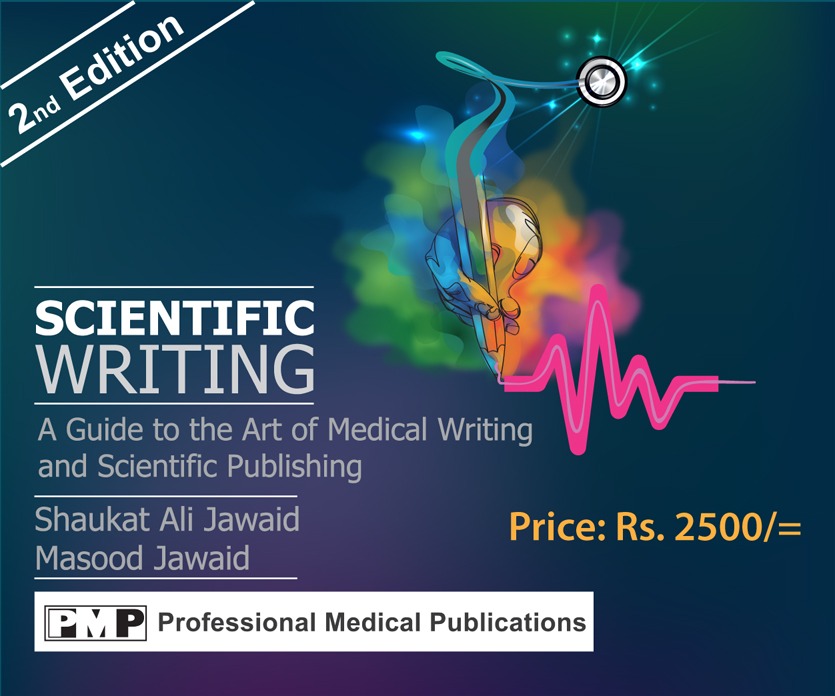GERMANY: Researchers at the Technical University of Munich (TUM) have developed a system that helps patients learn to move their paralyzed arms and hands quickly after a stroke. This requires targeted stimulation of the muscles in the forearm and the support of an exoskeleton. Twenty-four stroke patients have already tested the system at the Schön Klinik Bad Aibling.
The researchers use functional electrical stimulation (FES) to stimulate specific muscles in the forearm. This is necessary, for example, for moving fingers, grasping objects or catching a ball. However, one-sided paralysis following a stroke usually affects not only the hand, but the entire side of the body. For that reason, a scaffold also supports the entire arm up to the shoulder.
Modular system with computer game: independent training
Twenty-four stroke patients have already used the complete system, consisting of an exoskeleton for the arm and shoulder in combination with FES as part of the ReHyb research project. Half of them were patients at the Schön Klinik Bad Aibling Harthausen, which is leading the study. The researchers also used a computer game that automatically adapts to the individual player’s capabilities. It trains them to grip and move their arms shortly after a stroke by reacting to colored balls flying toward them at varying speeds on a screen. The task is to catch the balls and match them with color-coded boxes.
The secret of success
At the center of TUM Professor Sandra Hirche’s setup is a digital twin that records the individual requirements of each patient and places them in a control loop. Among other things, the researchers have to determine how well each patient can move their arm and hand. In the event of a stroke, for example, paralysis can be caused by damage to the motor area in the brain responsible for movement. However, it is impossible to predict how severely the signals transmitted from the brain to the muscles in the forearm will be impaired after the stroke. “Individual muscle strands in the forearm can be stimulated to the right extent for hands and fingers to move,” says Prof. Hirche, who holds the Chair of Information-Oriented Control at TUM. In addition to information on muscle activity in the forearm, the researchers need to know how strongly the muscles should be stimulated in conjunction with the exoskeleton assistance. “We use algorithms to bring this individual information together in a control loop,” says the control engineering expert. Consequently, the digital twin is needed to provide individualized support for the arm and hand movements of affected persons.
Prof. Hirche uses the phrase “intention-controlled intelligent control” to refer to the fact that patients can use this technology to move as much as they want after a stroke. Carmen Krewer, team lead of the research group at the Schön Klinik cooperation partner in Bad Aibling, enthuses: “Such a modular system with electrical stimulation and exoskeleton has never existed. It also enables stroke sufferers to continue training at home without the support of others.”
Ref: Framework for Learning a Hand Intent Recognition Model from sEMG for FES-Based control; N. Das, S. Endo, H. Kavianirad, S. Hirche; 2024; https://ieeexplore.iee…t/10719910



